
The Best Homestay in Rajasthan and seventh best in India - TripAdvisor rating of 2021.
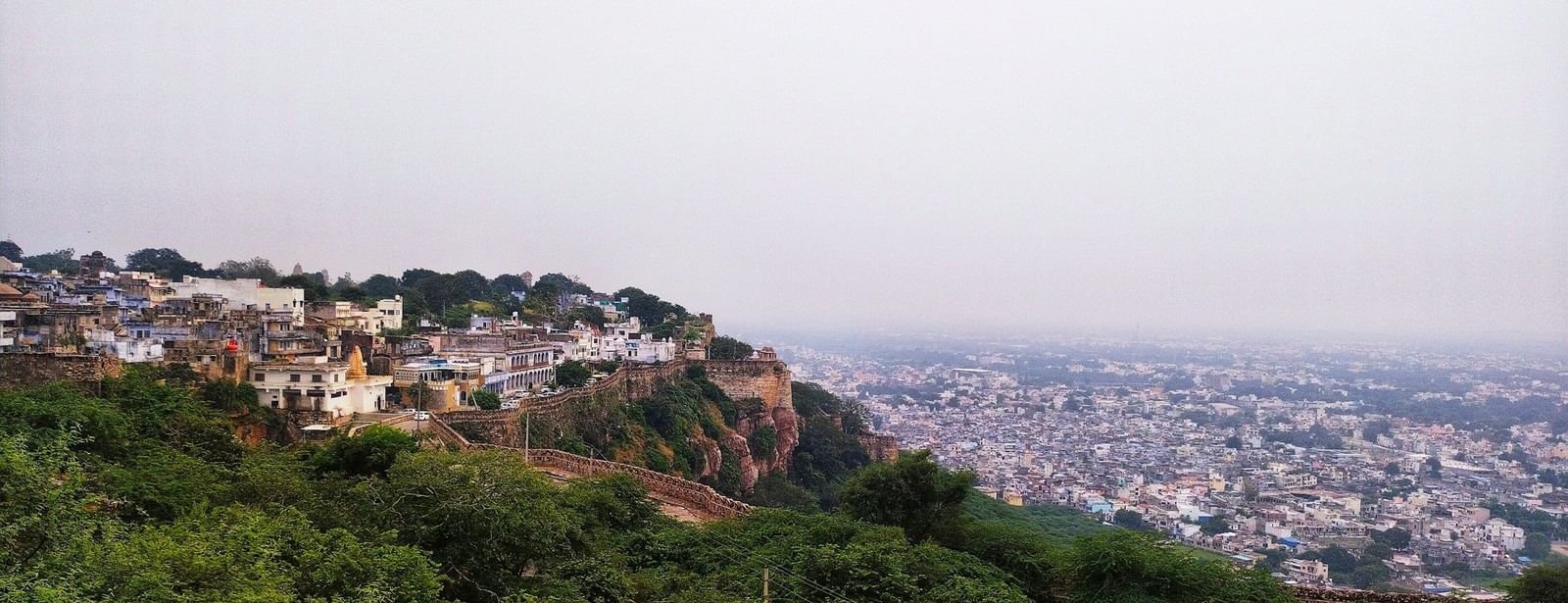
THE BATTLE'S OF MEWAR
Battle of Chittor
The Mughal emperor Akbar virtually had complete control of India except for a small region of Mewar in the Aravallis. He was very keen to take control of this mountainous region which was yet to be conquered. In 1568 AD, he decided to lay siege to Chittor. Following a grave battle and with much difficulty, he was able to conquer the Fort of Chittor. However, he found that Maharana Uday Singh and the then young prince, Pratap (heir to the throne), had been taken away from the battle, and their two chieftains, Jaimal and Patta, stood firm and continued to fight.
Jaimal was a Rathore Mertia, and Patta was a Chundawat chieftain—our ancestor. Interestingly, both were married to two sisters. Both brothers-in-law, Jaimal and Patta, resisted the Mughal forces as best as they could and died fighting, knowing that they were buying time to allow their ruler to escape.
Each day, Akbar would break down a section of the wall, and overnight the wall had been repaired. The Mewar forces slowly started running out of food and water. One night, Jaimal was repairing the Fort and, holding a mashaal, became a luminous target for a sniper. Akbar personally shot Jaimal through his hip using his favorite gun, “Sangram.” This made Jaimal an invalid.
It was then that the Mughals saw a weakness and decided to attack to take control of the Fort. Patta stayed at the first gate while Jaimal came out fighting on the shoulders of a famous person called Kallaji Rathore.
The Mughal forces were shocked to see a person fighting on a horse with four hands; they misconstrued it because Jaimal was tied to the shoulder of Kallaji. The duo fought until death, and their Chhatris (cenotaphs) are located between the last two main gates of the Fort of Chittor, where they succumbed to death. Such battles, where there is no hope of victory, are called Sakas. The women commit mass johar (jointly immolate themselves to avoid falling prey to the enemy) and the armies fight until death. The Fort of Chittor has witnessed three such Sakas.
The Mughal forces entered a deserted Fort, desecrated the temples, and destroyed beautiful architectural buildings. They rounded up the common people and murdered them in cold blood. A visit to Chittor will leave you spellbound and speechless, seeing the broken statues and temples, which are now being painstakingly restored.
After Akbar conquered Chittor, he sent many agents to negotiate with the ruler of Mewar, Maharana Pratap. Akbar requested Sawai Man Singh of Jaipur (his general) and various other agents to negotiate a treaty, but Maharana Pratap preferred to keep Mewar independent and abstain from all such negotiations.
Akbar had a formula of 3 Cs in Rajasthan: Chauth, Chakri, and Chhori. This means Chauth - 1/4th earnings of the kingdom needed to be given; Chakri - the local chief’s services needed to be rendered in Akbar’s court; and Chhori - a lady from the chief’s family had to be married into Akbar’s kingdom.
Battle of Haldighati
On one such occasion, Raja Man Singh of Jaipur was sent to appease Maharana Pratap and convince him to surrender his kingdom to the Mughals and end the war. Maharana Pratap refused to even share a meal with Raja Man Singh, feeling disgusted that they had subjugated themselves and their kingdom to the Mughal empire. Not sharing a 'thali' is the gravest insult, and Raja Man Singh was very angered by Maharana Pratap’s behavior. He led the Mughal forces in battle against Maharana Pratap.
Man Singh's forces congregated at Mandal and approached Mewar along the river Banas. Maharana Pratap kept retreating into the hills as he wanted to follow guerrilla warfare. Pratap’s plan was to wait in the chicken neck of Haldighati, where it would be difficult for Man Singh’s forces to use the cannons effectively.
On the 18th of June, 1576, on a hot and humid day, Man Singh waited outside the chicken neck of Haldighati. He sent in a small force as a decoy, which was plundered by Mewar forces. It is here that Maharana Pratap faltered by allowing Mewar forces to come out into the open battlefield to attack Man Singh’s forces, which was a big mistake. A major battle ensued, leading to a bloodbath where soldiers from both sides were slain. There was so much blood that the battleground turned red, and it is known as 'Rakt Talai'—Lake of Blood.
Mewar forces continued to decimate the Mughal forces for the first two hours of the battle until the favorite elephant of Mewar, named Ram Prashad, was captured after the Mahout was killed. Pratap decided to take the battle to another level by attacking Raja Man Singh’s elephant but only managed to slay the Mahout. He could not capture Raja Man Singh. Raja Man Singh’s elephant was holding a sword in its trunk, which cut the leg of Maharana Pratap’s favorite horse, Chetak. Pratap had to retreat because his horse had become lame.
Jhalla Man from Bari Sadri quickly seized the opportunity, exchanged helmets with Maharana Pratap, and continued fighting. The Mewar forces fought until the last breath. Jhalla Man, the Rawat of Salumber, and the Rawat of Deogarh are venerated for their valor in holding back the Mughal forces and fighting until death, allowing Maharana Pratap to retreat to safety and regroup.
The savior of the day was the early Monsoon! Heavy rains lashed the battlefield on the 18th of June, 1576. The Mughal forces, with their heavy cannons, found it difficult to advance, and the battle ended in a stalemate. Last year, the Bipper Joy cyclone hit the valley on the 18th of June, renewing memories of the famous battle.
The Mughal forces found it wise to retreat to nearby Gogunda, which is on higher ground. Akbar was not happy with Raja Man Singh and even refused to see him. He was replaced by Sultan Khan, who was made the Governor-General. Thus, the Battle of Haldighati ended inconclusively.
Battle of Dewair
Once Maharana Pratap retreated, he stayed in the jungles of Mewar and refused to eat proper bread with his food until he defeated Akbar’s army. He regrouped with the Bhils (local tribe of Mewar) and fought another battle near Deogarh in an area called Dewair.
The battle was fought between Amar Singh, the son of Maharana Pratap, with the Bhils, and the Mughal army led by Sultan Khan. Amar Singh fought fiercely to defend his territory, successfully using the same tactic of waiting for the opposing army in the chicken neck. Many Mughal troops were slain, and Amar Singh won the battle by personally killing the Mughal commander Sultan Khan and his horse with a spear.
After this battle, no Mughal emperor attempted to capture the kingdom of Mewar until Aurangzeb, who attempted an attack on the temple of Nathdwara but was defeated as well.
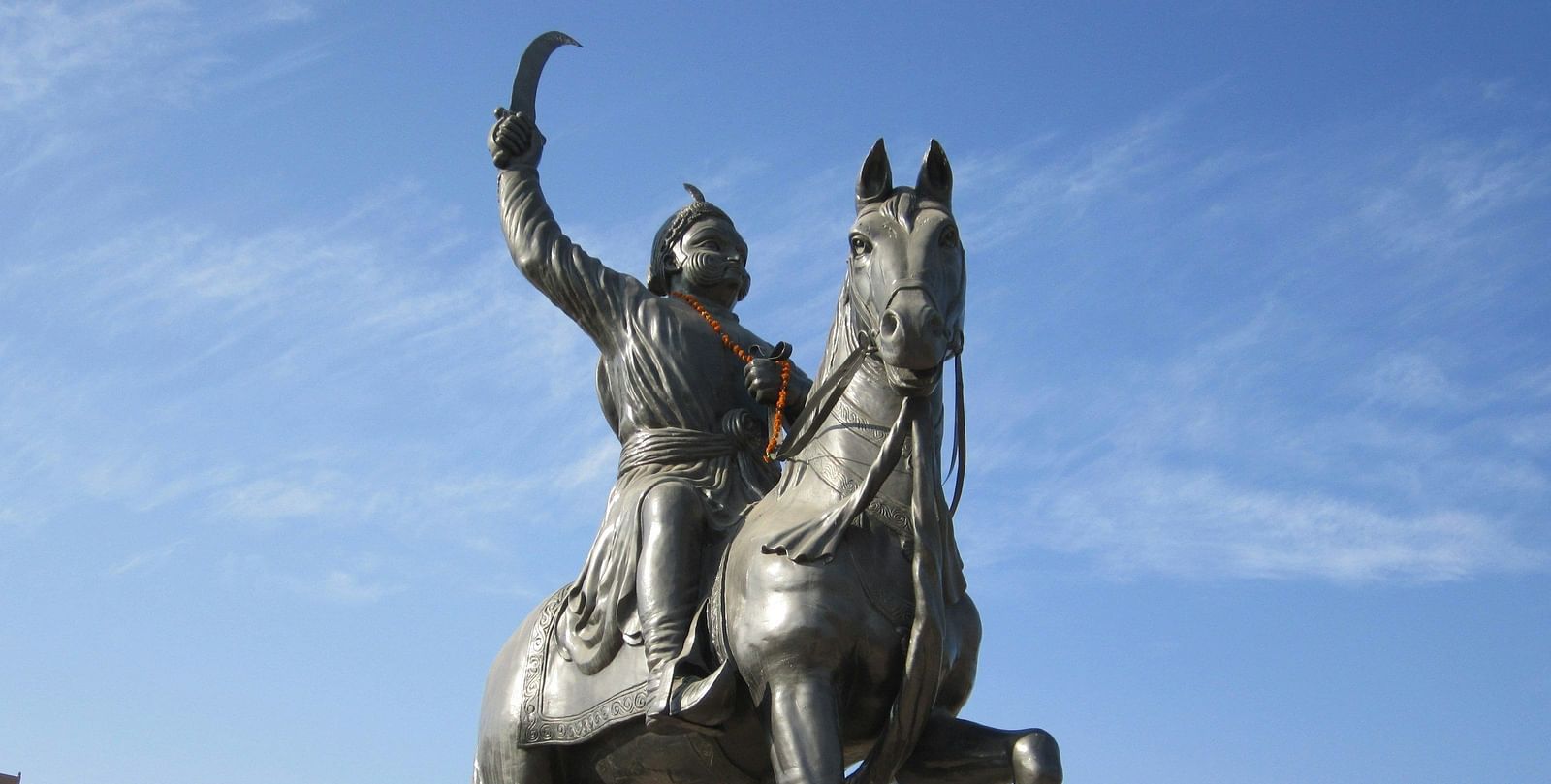
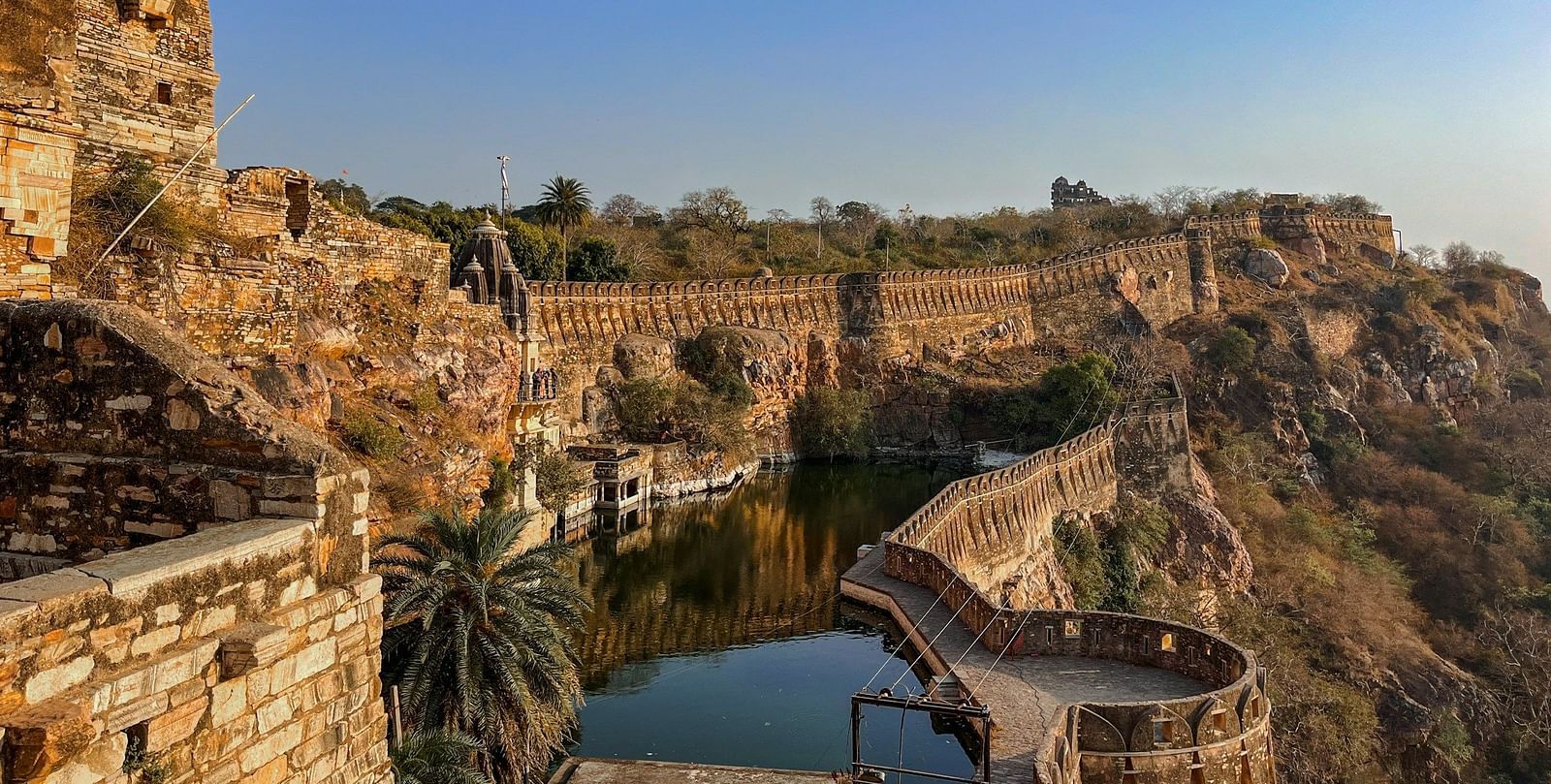
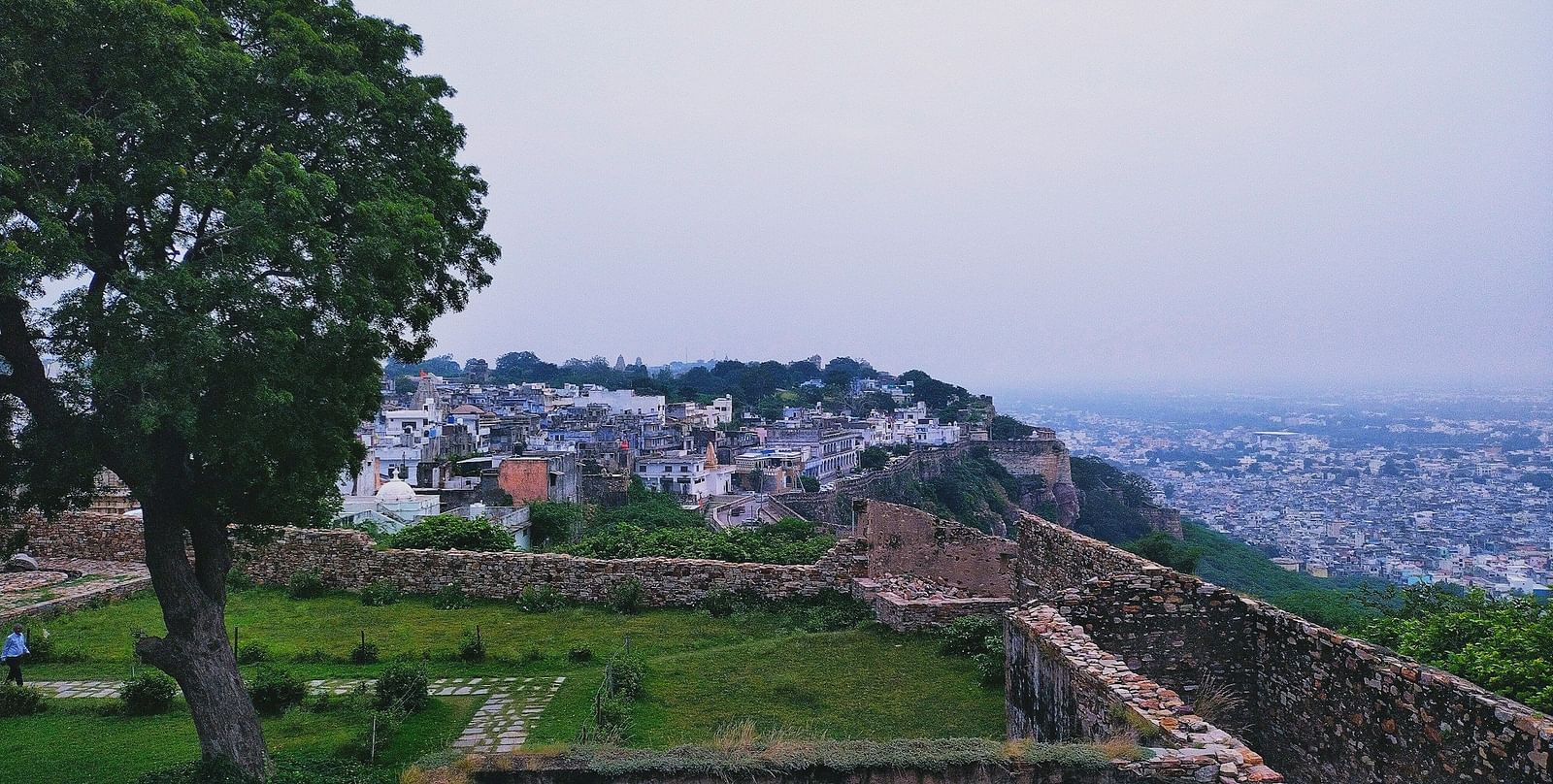
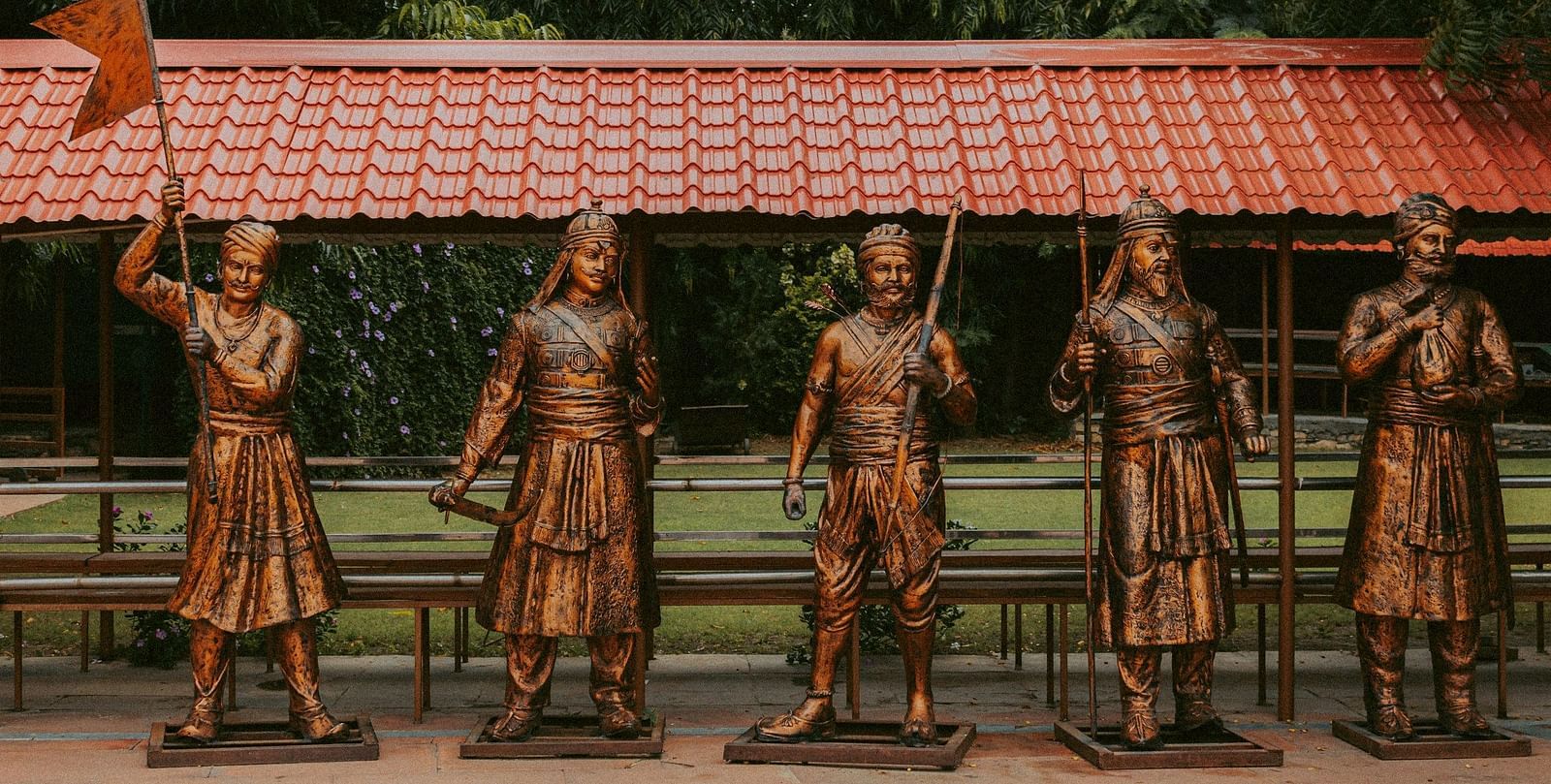
EXCLUSIVE OFFERS AT DEV SHREE DEOGARH HOTEL
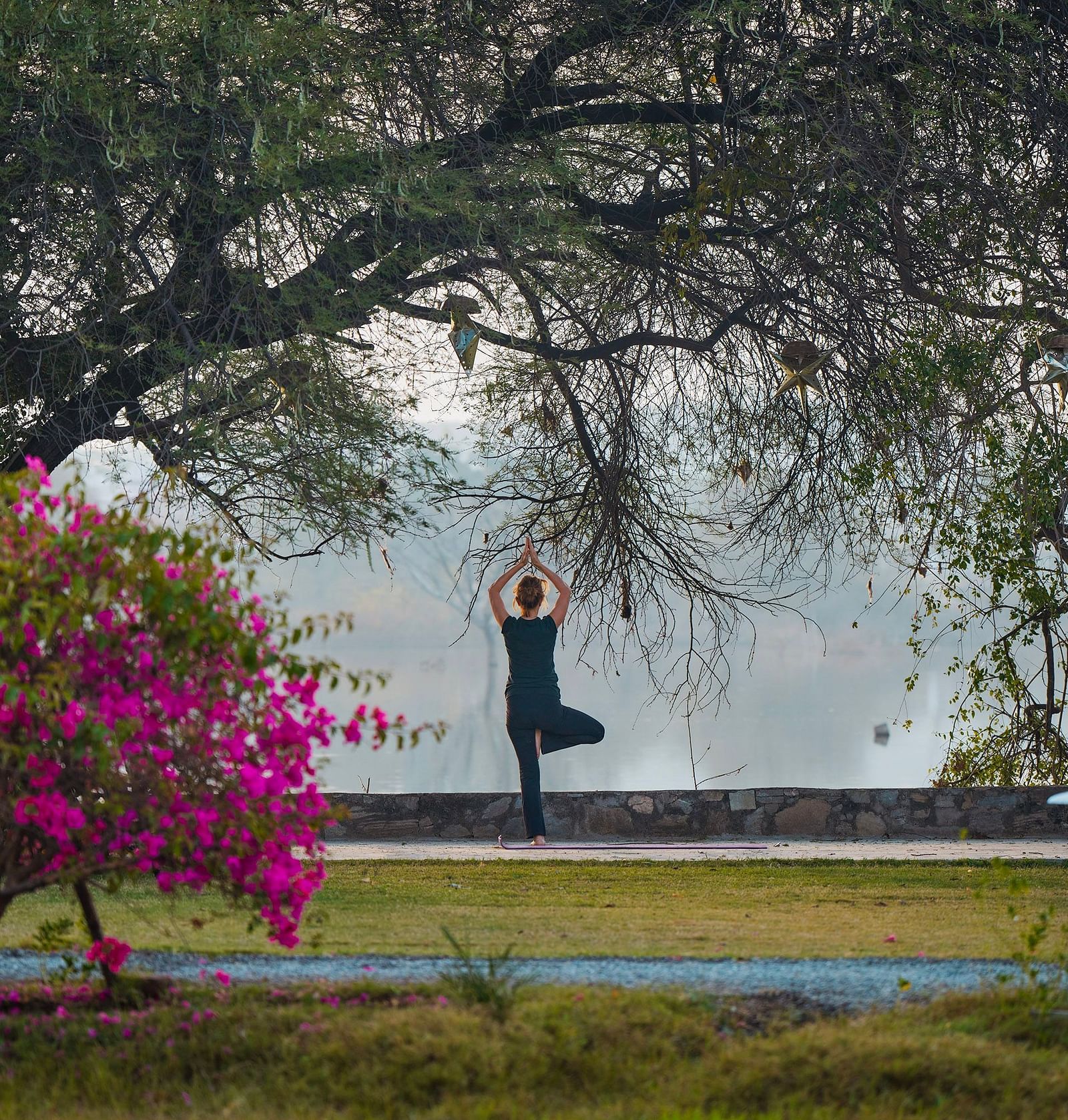
Stately Experience Offer
Inclusions:
- Accommodation in Deluxe Double Room
- Breakfast included
- Personalised host experience
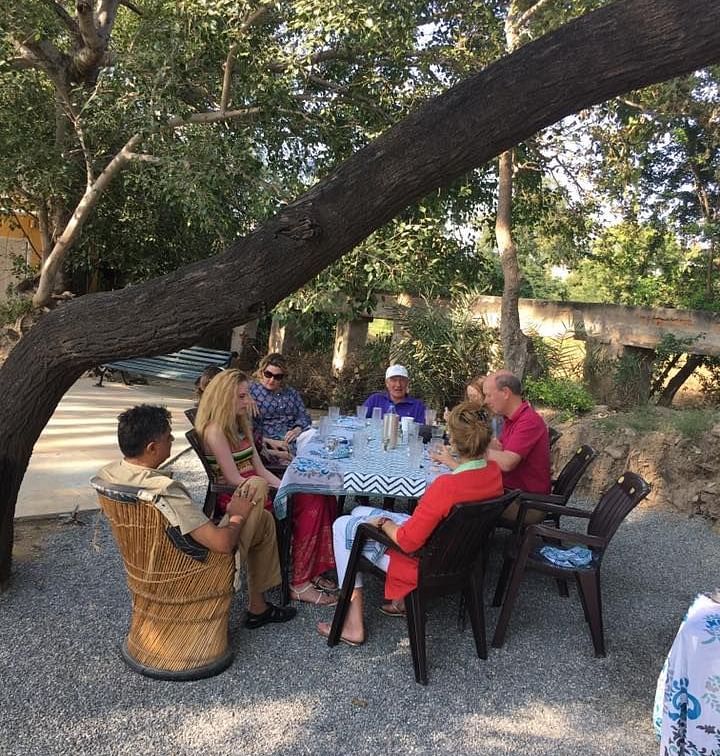
Countryside Escape (3 Nights)
Inclusions:- All meals included (breakfast, lunch, dinner)
- Scenic Aravalli Hills train ride
- Village jeep excursion with host
- Lake sunset sundowners
- Farm picnic with live cooking

Royal Heritage Odyssey (5 Nights)
Inclusions:- All meals and soft drinks included.
- Village massage therapy
- Kumbhalgarh Fort day trip
- Aravalli Hills train journey
- Village life jeep safari
- Ranakpur Jain Temples visit
- Local artisan shopping experience
- Traditional farm picnic

NEWSLETTER
Join our mailing list. Never miss an update!